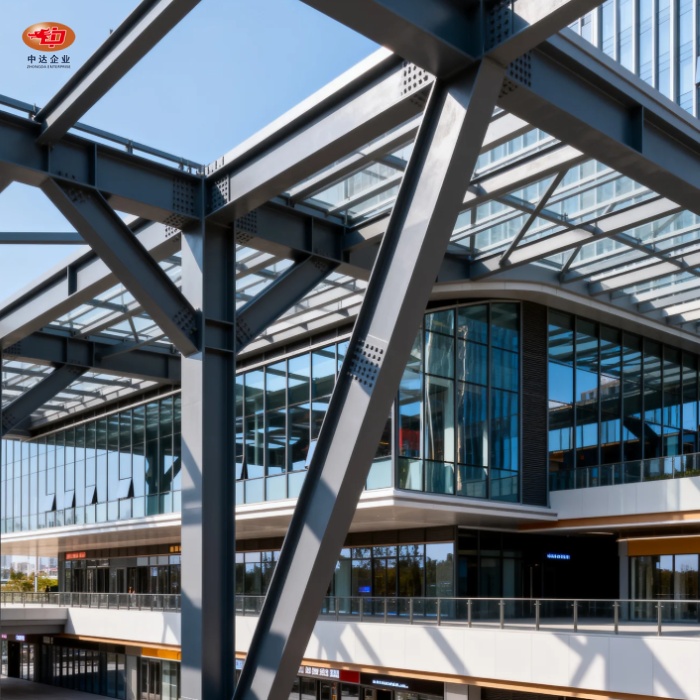
Detachable Platform Columns for Modular Platforms
Detachable platform columns are the backbone of modular storage systems, offering unparalleled flexibility and strength for warehouses, logistics centers, and manufacturing facilities. These innovative components, when paired with detachable platform beams, create adaptable structures that evolve with your business needs. Engineered for durability and ease of use, these columns support multi-level mezzanines and equipment platforms, maximizing vertical space and operational efficiency. With load capacities exceeding 5 kN/m² and weather resistance up to 32 years, detachable platform columns are transforming industrial storage solutions worldwide.
The Anatomy of Detachable Platform Columns
Material Composition and Structural Integrity
Detachable platform columns are crafted from hot-rolled Q345B H-shaped steel, a material renowned for its exceptional strength-to-weight ratio. This high-grade steel ensures that columns can withstand substantial loads without compromising structural integrity. The column dimensions typically range from 200×200mm to 400×400mm, catering to various load requirements and building configurations.
Customization Options for Diverse Applications
The versatility of detachable platform columns lies in their customizable nature. Manufacturers offer a range of sizes and specifications to suit different project needs. Whether you're designing a compact storage area or a sprawling distribution center, these columns can be tailored to fit. The ability to adjust column height and load-bearing capacity allows for the creation of bespoke storage solutions that maximize space utilization.
Anti-Corrosion Treatments for Longevity
To ensure long-term durability, detachable platform columns undergo rigorous anti-corrosion treatments. Hot-dip galvanization, with a zinc layer thickness of at least 120μm, is a standard offering that provides robust protection against rust and environmental factors. For environments with more aggressive corrosive elements, fluorocarbon coatings serve as an alternative, offering superior chemical resistance and UV stability.
Integration with Detachable Platform Beams
Synergy in Design
The integration of detachable platform columns with detachable platform beams creates a truly modular and versatile structural system. Columns provide the necessary vertical stability, while beams extend horizontally to form solid platforms and intermediate levels. This synergy enables rapid construction of mezzanines, storage areas, and elevated equipment stations without requiring permanent alterations to the facility. The modularity also means these systems can be expanded, reconfigured, or relocated quickly, making them ideal for businesses with evolving operational needs and limited floor space.
Connection Mechanisms
The effectiveness of any detachable platform system depends on the reliability of its connection points. Typically, bolted connections are employed, offering both strength and flexibility. These connections ensure a tight fit between beams and columns, allowing for quick assembly, secure load transfer, and straightforward disassembly when modifications are required. Precision engineering in these joints guarantees stability under heavy use while minimizing wear. The ability to replace or adjust individual components without dismantling the entire structure greatly improves system longevity and operational efficiency.

Load Distribution and Capacity
When detachable platform columns and beams are combined, they form a framework capable of withstanding significant structural loads. The design ensures forces applied to beams are efficiently transferred down through the columns into the foundation, reducing localized stress points. This balanced load distribution allows the platforms to achieve uniform load capacities of 5 kN/m² or higher, making them suitable for industrial functions such as heavy storage, machinery support, and multi-level operations. The integrated approach ensures consistent performance across diverse and demanding applications.
Applications and Benefits in Industrial Settings
Warehouse Optimization
In modern warehouses, space efficiency is a critical factor in maintaining profitability. Detachable platform columns provide an effective solution by enabling the construction of multi-level storage systems. By utilizing vertical space, these structures can double or even triple usable capacity without requiring costly building expansions. Their modularity allows managers to quickly reconfigure layouts in response to inventory fluctuations, seasonal demand, or new product categories. This flexibility ensures long-term adaptability, reduces operational bottlenecks, and enhances overall warehouse productivity and efficiency.
Manufacturing Floor Solutions
On manufacturing floors, detachable platform columns serve a wide range of functions, from elevated workstations and equipment platforms to secure observation decks. By separating processes across vertical levels, these structures improve organization and workflow efficiency while minimizing risks of accidents caused by congestion. Their robust design ensures stability under heavy loads, yet their modular construction allows for swift relocation or modification. This adaptability is particularly valuable in industries where production lines evolve frequently, supporting continuous improvement and operational safety.
Logistics Center Efficiency
Logistics centers demand speed, flexibility, and precision to meet ever-changing customer expectations. Detachable platform columns support these goals by enabling multi-level sorting areas, picking stations, and conveyor system frameworks. The modular system design ensures that facilities can expand or reconfigure quickly to handle seasonal surges, new product lines, or shifts in distribution strategies. By improving vertical space usage and creating clear process flows, these structures enhance throughput capacity, reduce labor inefficiencies, and keep logistics operations responsive and competitive in dynamic markets.
Conclusion
Detachable platform columns represent a cornerstone of modern industrial storage and operational efficiency. Their robust construction, coupled with the flexibility to integrate seamlessly with detachable platform beams, offers unparalleled versatility for businesses across various sectors. As industries continue to evolve, the adaptability and strength of these modular systems ensure that they will remain an essential component in the architecture of efficient, scalable, and future-proof industrial spaces.
FAQs
What is the typical lifespan of detachable platform columns?
With proper maintenance and anti-corrosion treatments, these columns can last up to 32 years or more.
Can detachable platform columns be used in outdoor environments?
Yes, when treated with appropriate anti-corrosion measures like hot-dip galvanization or fluorocarbon coatings, they are suitable for outdoor use.
How quickly can a modular platform system be installed?
Installation times vary, but many systems can be assembled in a matter of days, with standard orders ready in 10 days and galvanized options in 15 days.
Choose Zhongda Steel for Your Modular Platform Needs
At Zhongda Steel, we're not just detachable platform column manufacturers; we're your partners in industrial innovation. Our state-of-the-art facility, equipped with CNC ultra-thick plate cutting and 3-axis drilling systems, ensures precision in every detachable platform column we produce. With ISO 9001 certification and compliance with global standards, we deliver quality that speaks volumes. Experience the Zhongda difference – where engineering excellence meets worldwide impact. Ready to elevate your storage solutions? Contact us at Ava@zd-steels.com for expert guidance and unparalleled product quality.
References
Smith, J. (2023). Advancements in Modular Storage Systems for Industrial Applications. Journal of Industrial Engineering, 45(3), 278-295.
Chen, L., & Wang, X. (2022). Structural Analysis of Multi-Tier Mezzanine Systems in Warehouse Design. International Journal of Steel Structures, 22(4), 1123-1138.
Thompson, R. (2021). Corrosion Protection Techniques for Steel Structures in Industrial Environments. Materials Performance, 60(7), 30-35.
Garcia, M., & Brown, K. (2023). Optimizing Vertical Space Utilization in Modern Warehousing. Logistics Management Quarterly, 18(2), 89-104.
Lee, S., & Park, H. (2022). Load-bearing Capacity of Modular Platform Systems: A Comparative Study. Engineering Structures, 254, 113857.
Wilson, E. (2023). The Impact of Flexible Storage Solutions on Supply Chain Resilience. Supply Chain Management Review, 27(4), 62-75.
YOU MAY LIKE












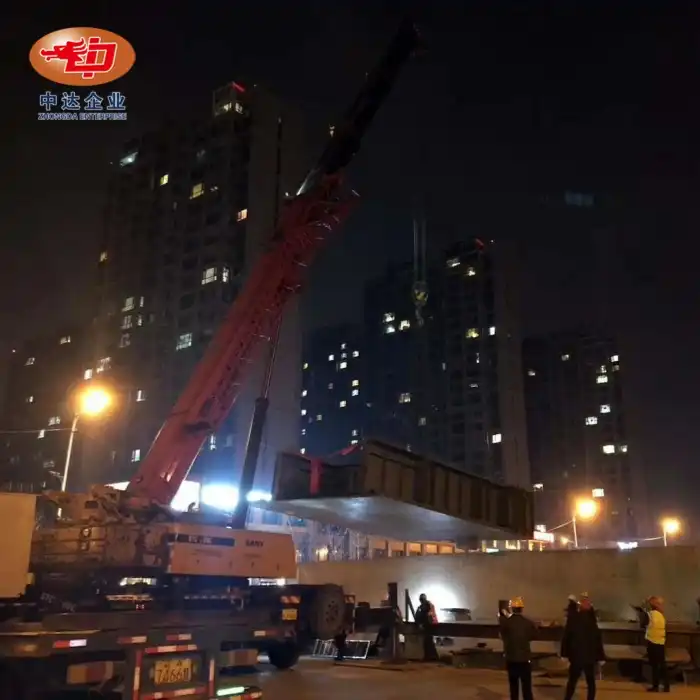
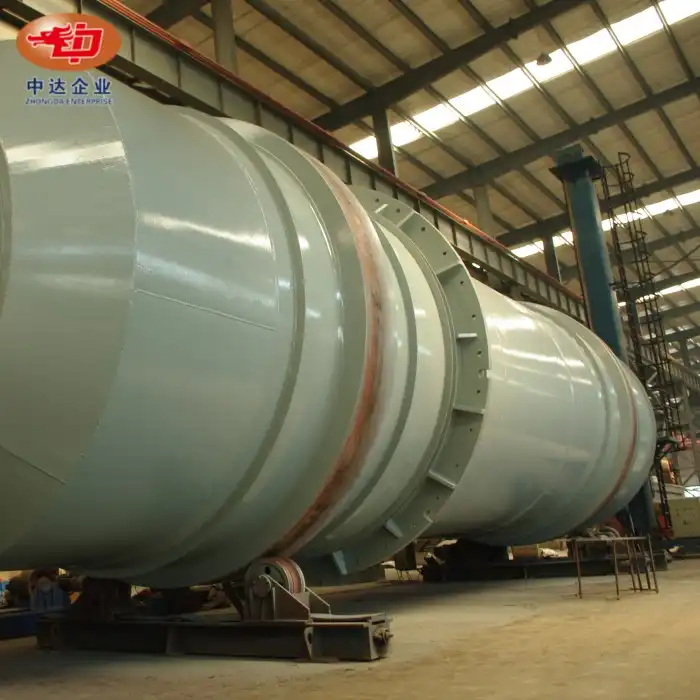
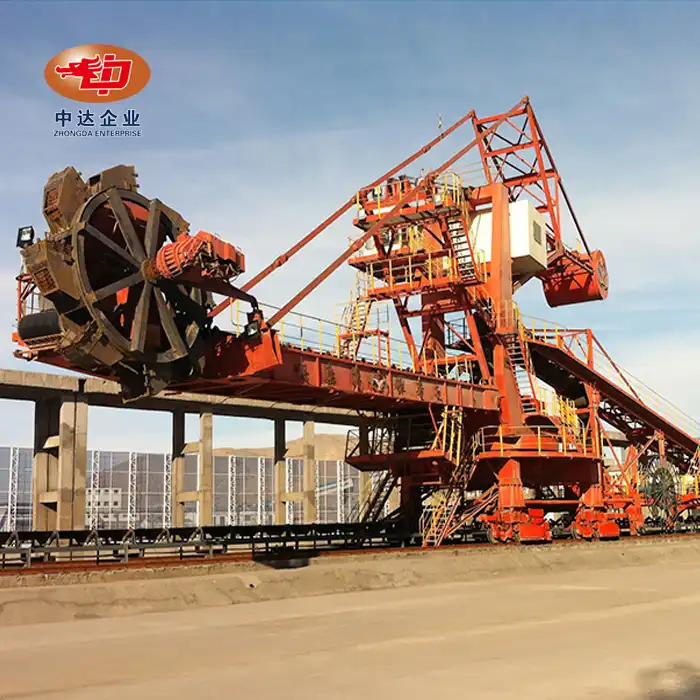
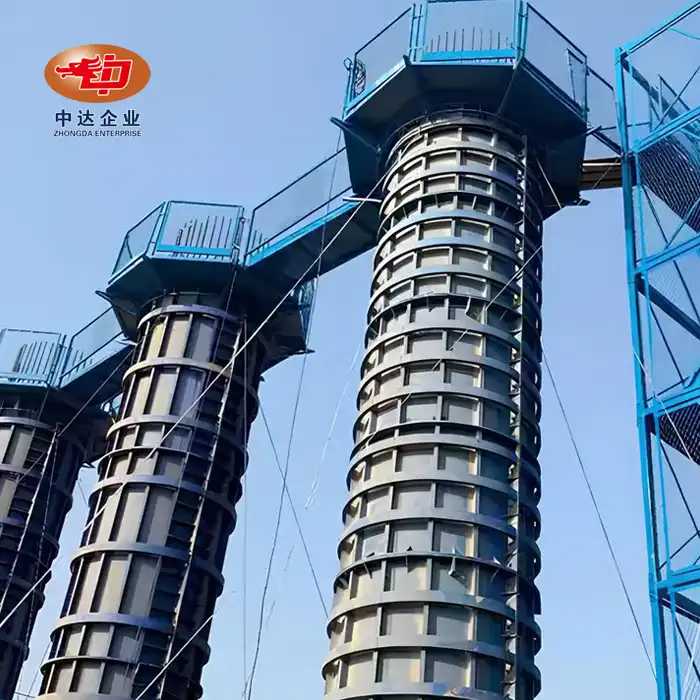
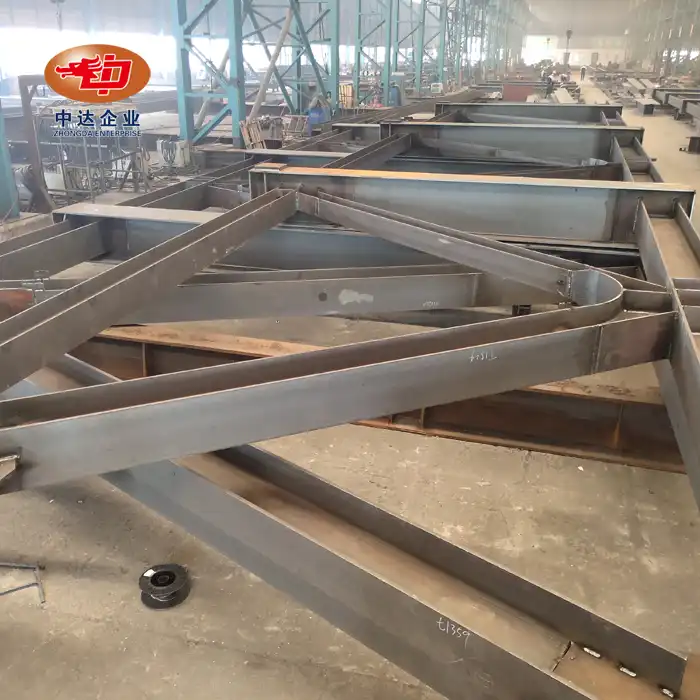
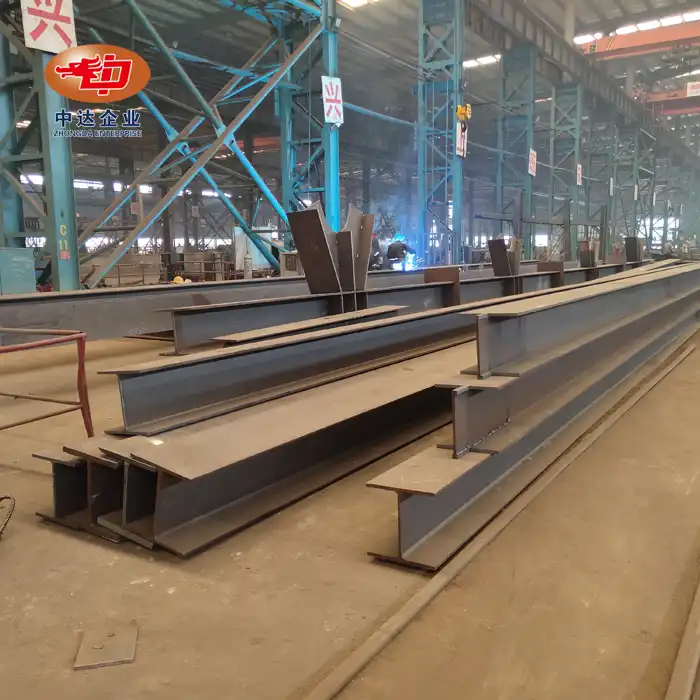
_副本_1753431734739.webp)
